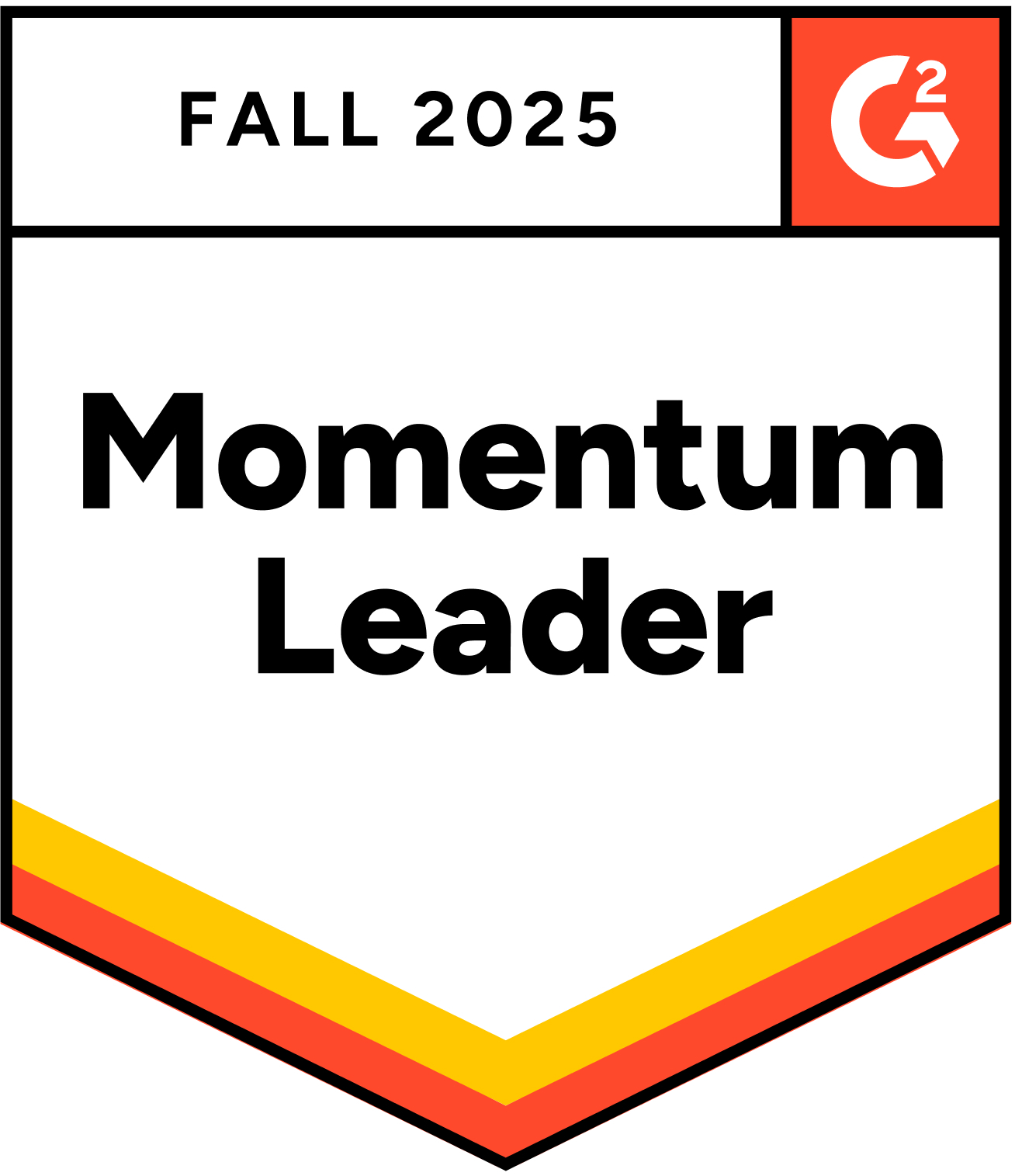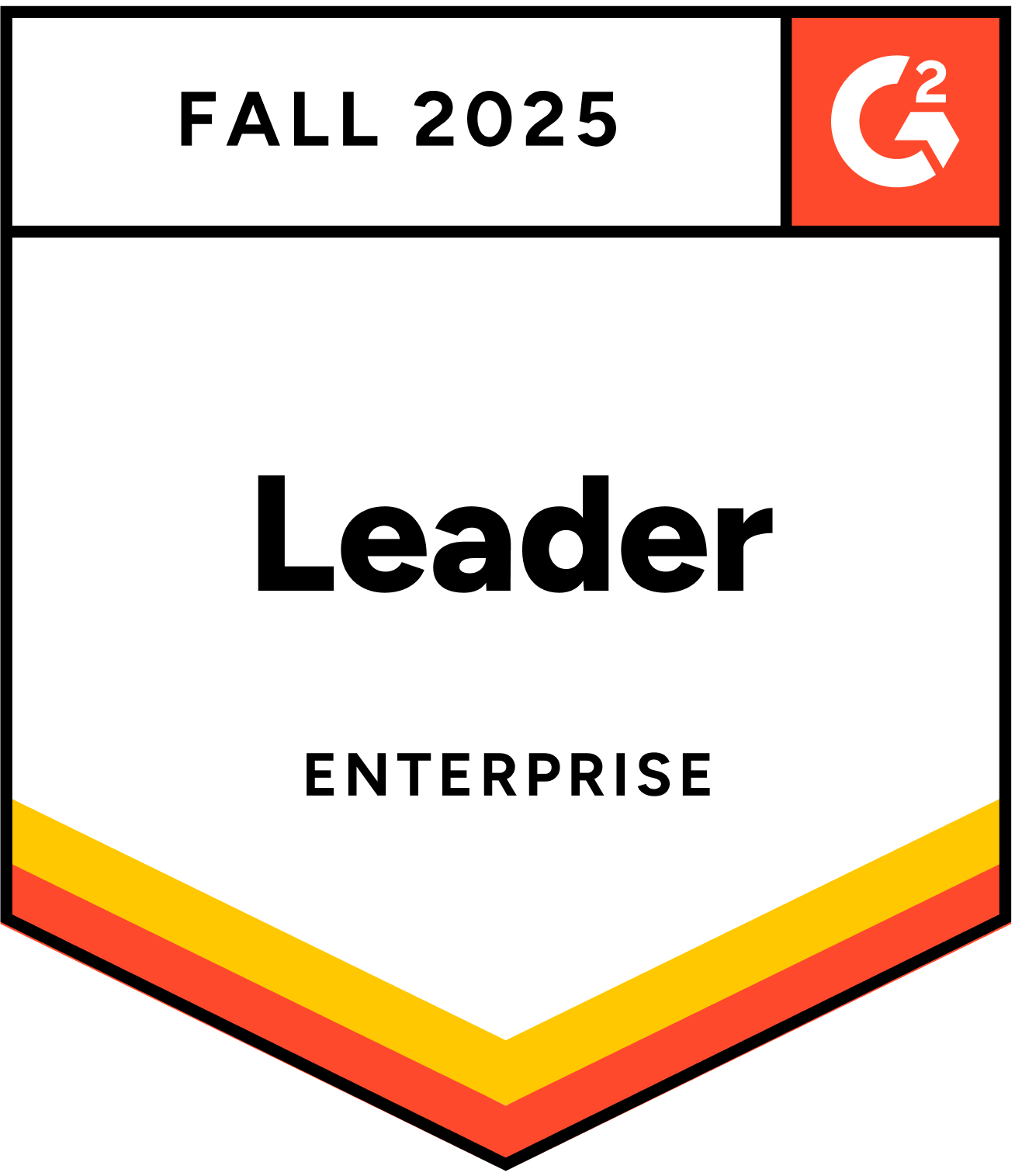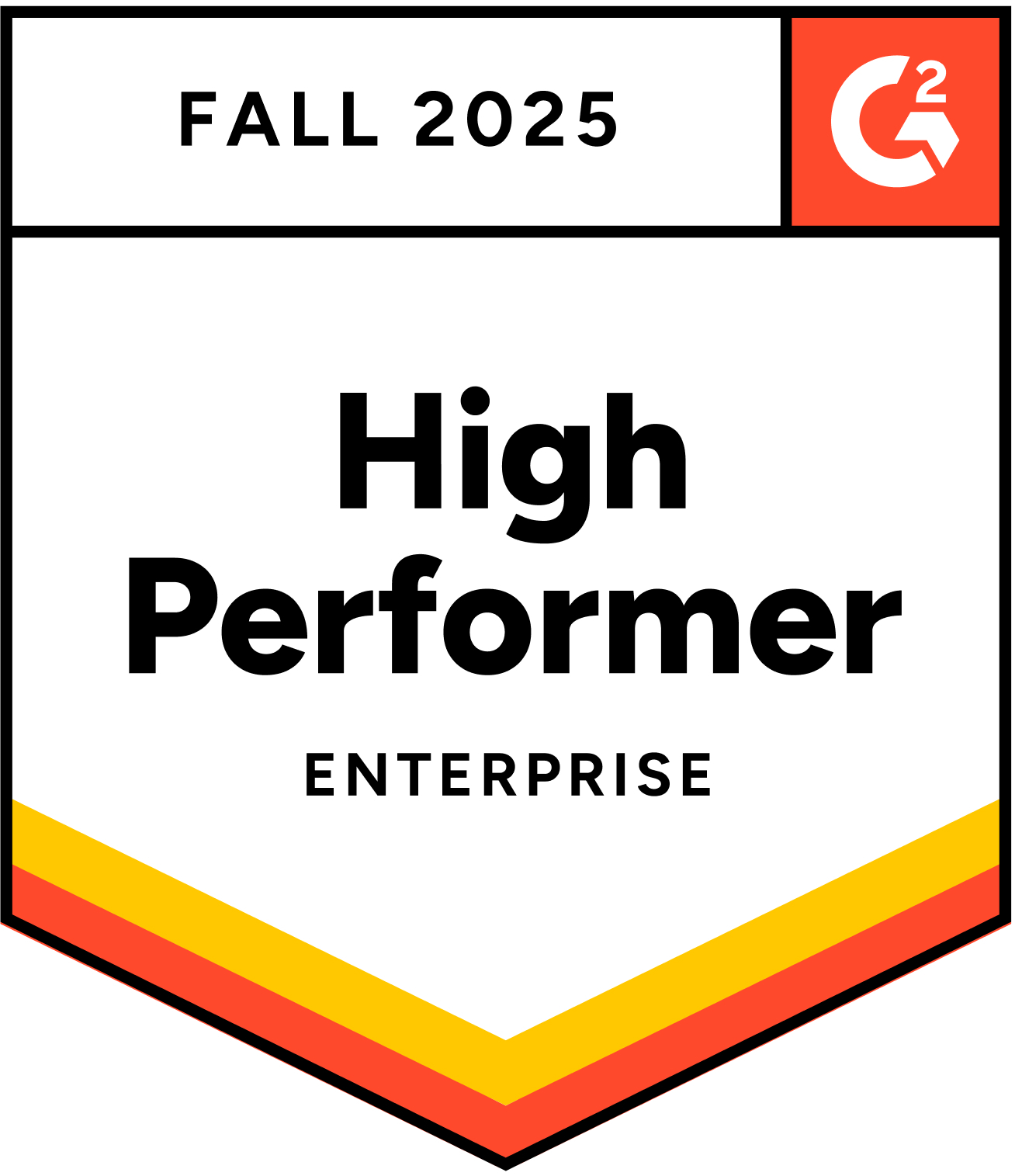Candidate experience is a priority for hiring teams and HR professionals – and for good reason. The candidate drop-off rate for people who click on apply but never complete the application is 92% Your employer brand can be made or broken, based on how you interact with candidates.
In this blog post, we go over the basics of candidate experience surveys, why you should include them in your recruitment stack, and how to evaluate the results.
What is a Candidate Experience Survey?
Candidate experience is determined by every interaction between the candidate and the company – from the moment they apply, to when they are hired or rejected. But how do you know if these interactions were positive or not? How do you identify if your efforts are working? By using candidate experience surveys, of course.
Hiring teams and HR professionals use these surveys to understand, assess, and improve the hiring process. By providing an outlet for candidates to express their opinions, employers become aware of errors, poor UI/UX, and hopefully work to optimize their hiring process.
For example, according to a candidate experience survey by Greenhouse, 70% of applicants will not submit an application if it takes more than 15 minutes. Moreover, almost 58% of candidates expect to hear back from employers within a week or less.
These insights are crucial and can help you make data-driven decisions. In addition, when you ask job seekers for feedback, you put people at the center of your process,which is likely to impact their employment decision.
The efficacy of your survey depends on the quality of the questions. With the right questions, you will elicit better insights, generating impactful results. But before you get started, consider these best practices.
- Be brief: If you want candidates to complete the survey, avoid making it too long and complex. Ask five to seven questions, ideally, and a maximum of 12. Over the past few years, one-click surveys or one-question surveys have emerged as effective tools to increase response rates. One-click surveys help you understand a single issue in greater detail.
- Be clear: Vague questions will confuse candidates – be direct.
- Ask relevant questions: Make sure you are measuring experience by focusing on fundamental questions related to the hiring process, only.
- Use a mix of open-ended and closed-ended questions: Although closed-ended objective questions make the survey quick, open-ended questions let candidates share their thoughts more openly. A combination of both types, in a short survey, will provide the best results.
- Offer incentives: The easiest way to ensure candidates complete the survey is to throw in a voucher or a gift card, if appropriate.
- Keep it anonymous: A no-brainer, but extremely important! Asking for anonymous feedback makes it more likely to get honest answers.
Lastly, remember to send surveys to candidates who will be joining your company, as well as those who will not – you will learn different things about the process. For instance, feedback from rejected candidates will tell you if you are leaving a positive impression on them.
Make your candidate database work for you and create experiences that convert. Meet MOJO Talent Engage CRM.Struggling to Build Meaningful Relationships with Candidates, Across Channels?
Ask Your Candidates These Questions!
While curating a survey, consider asking about the following aspects of the hiring funnel.
Position and initial application
- What position did you interview for?
- How did you hear about this opportunity?
- How long did the initial application take? What section did you spend most time on?
- Was the job description accurate and easy to understand?
Interview process and team
- How did you find the interview process?
- What was the most difficult/challenging part of the interview process?
- Were recruiters professional, polite, and friendly?
- Were the interviewers knowledgeable and professional during the interview?
Communication
- Were your phone and email communications with the recruiter prompt?
- Did we answer all of your questions?
Role relevant information
- Did the job description reflect your interviewers’ explanation of the role and associated responsibilities?
- Your interview would have been better if you had:
- More comprehensive role description
- Clarifications from the hiring manager
- More time
- Nothing, it was the best it could be
- Other ______
Company value and branding
- How would you rate your understanding of our values and culture on a scale of 1-5?
- How likely is it that you’ll recommend a job at our organization to a friend or colleague on a scale of 1-5?
Open-ended questions
- How can we improve the hiring/interview process?
- What would have helped you perform your best on the assignment/interview?
- Is there something you want to add about the hiring process/company?
What Are Your Surveys Telling You
Once you have the consolidated results, you can begin to analyze and interpret the data. However, measuring candidate experience can get tricky – especially with subjective, qualitative questions. Here are some ways to get started with evaluating your survey results.
Net Promoter Score (NPS): You can measure candidate experience using the NPS formula, initially developed to assess customer satisfaction. Respondents are classified as promoters (loyal customers who are an excellent source of referrals), passive (satisfied customers vulnerable to competition), and detractors (unhappy customers). With increasing momentum to treat candidates as customers, this formula is applicable to candidate experience surveys.
Identifying patterns and trends: Looking for patterns in candidates’ answers is a great way to understand overall perspectives about your company. For instance, if the majority of your candidates indicate that their understanding of your organization’s values is low, you might want to update your description of values, vision, and mission on your career site. Similarly, if you find that candidates often come up unclear about success factors for roles advertised, your job description may be to blame. Lastly, you will also identify your strengths – keep up with those!
Use multiple data sources: Don’t rely on survey results alone. Use a variety of sources to cross-reference and confirm your data. For instance, along with the survey results, certain key performance indicators (KPIs) help determine accurate candidate experience. KPIs, like website clicks and visits, application rates, bounce rates, and conversion rates, can help you understand how candidates interact with your website and career pages.
Learn more about what metrics to use and how: Key Metrics You Should be Tracking on Your Career Site.
Conclusion
Taking your candidate experience from good to great is a deliberate process which is heavily reliant on your data. Candidate experience surveys are a powerful tool that can help you gain better insights into your hiring process.
Survey data, combined with metrics like click-through-rates, heatmaps, and conversions from your career site, can provide unparalleled visibility into the efficiency of your hiring process. For instance, comparing qualitative data around time to complete applications with drop-off rates can provide much more context about why candidates abandon the process.
Finally, to get the most out of your employee surveys, get the timing right. The best time to solicit candidate feedback on the application process is right after the final stage. In addition to the survey email, we recommend setting up nudge campaigns to encourage candidates to fill out the survey as soon after the completion of the process as possible – the goal is to get as many responses as possible within the shortest period of time after the recruitment process comes to a close.
Joveo’s award-winning programmatic platform optimizes your ad spend, getting more people in your pipeline at a lower cost. With us, you are only paying for real human job seekers. Book a demo today!















